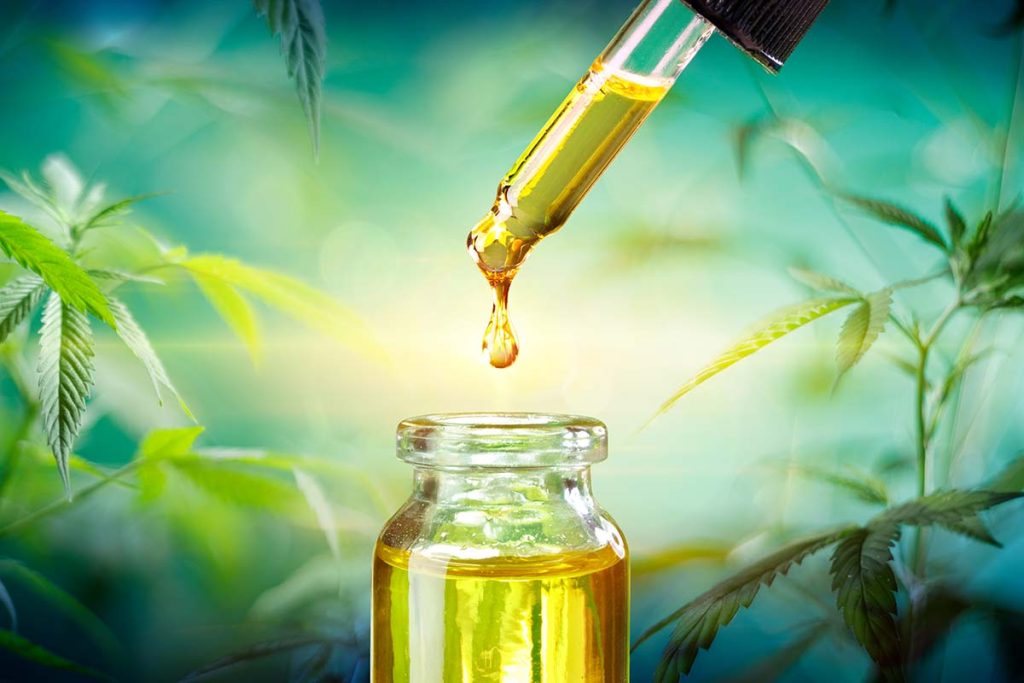CBD oil has taken the world by storm with its potential health benefits and versatility. Derived from the hemp plant, CBD (cannabidiol) is a non-psychoactive compound that has garnered significant attention for its therapeutic properties. But have you ever wondered how this magical elixir is made? In this blog, we’ll take you on a fascinating journey through the process of creating CBD oil, shedding light on the steps involved in turning humble hemp into a wellness powerhouse.
Step 1: Cultivation and Harvesting
It all begins with the cultivation of hemp plants. Farmers select specific hemp strains with high CBD content and low THC (tetrahydrocannabinol) levels. THC is the psychoactive compound found in marijuana that gives a “high” sensation. Hemp plants typically contain less than 0.3% THC, making them federally legal in many countries.
Hemp is an environmentally friendly crop, requiring minimal pesticides and water compared to many other crops. Once the hemp plants reach maturity, they are carefully harvested, usually by hand, to ensure the preservation of valuable cannabinoids and terpenes.
Step 2: Drying and Curing
After harvest, the hemp plants are transported to a well-ventilated facility for drying. Drying is crucial in preventing mold growth and preserving the plant’s chemical composition. This process can take a few days to a couple of weeks, depending on various factors, such as humidity and temperature.
Once dried, the hemp undergoes a curing process, where it is stored in controlled conditions to enhance the flavor and overall quality of the final CBD oil.
Step 3: Extraction
Now comes the essential step of extracting CBD from the hemp plant. There are several methods for extracting CBD, but the most common ones include:
a) CO2 Extraction: This method utilizes carbon dioxide in a supercritical state to extract CBD from the plant material. It is considered the safest and most efficient extraction method, ensuring a pure and high-quality end product.
b) Solvent Extraction: Here, a solvent like ethanol or butane is used to separate the cannabinoids from the hemp plant. While effective, this method can sometimes leave behind trace amounts of the solvent in the final product if not properly purged.
c) Olive Oil Extraction: A simpler method involves using olive oil to extract CBD. This process is safe and can be performed at home; however, it is less efficient than other industrial extraction methods.
Step 4: Winterization and Decarboxylation
After the extraction process, the crude CBD oil obtained may contain impurities, including waxes, chlorophyll, and other plant compounds. To purify the oil, a process called winterization is employed. Winterization involves mixing the crude CBD oil with ethanol and freezing the mixture. This causes the impurities to solidify, allowing them to be removed, leaving behind a purer CBD extract.
Following winterization, the CBD oil often goes through a decarboxylation process. This involves heating the oil to activate the cannabinoids fully. Raw hemp contains cannabinoid acids, such as CBDA (cannabidiolic acid), which are non-intoxicating. Decarboxylation converts these acids into their active forms, like CBD, which possesses therapeutic properties.
Step 5: Filtration and Distillation
Next, the CBD oil undergoes a filtration process to further remove any remaining impurities and particulates. Filtration helps improve the oil’s clarity and ensures it meets the desired purity standards.
Some CBD oils may go through a distillation process, which involves heating the oil to separate different cannabinoids and compounds based on their boiling points. This can lead to the creation of broad-spectrum or isolate CBD products, depending on the desired end product.
Step 6: Testing and Quality Assurance
To guarantee the safety and potency of CBD oil, reputable manufacturers subject their products to rigorous third-party testing. These tests assess the CBD content, THC levels, and the absence of harmful contaminants like heavy metals, pesticides, and microbial contaminants. Certificates of analysis from independent labs are often made available to consumers to ensure transparency and build trust in the brand.
Step 7: Formulation and Packaging
Once the CBD oil has passed quality assurance, it is ready for formulation into various products. CBD oil can be combined with carrier oils (such as coconut oil or hemp seed oil) to create tinctures, infused into edibles, blended into topicals like creams and balms, and even used in vape cartridges. The potency and concentration of CBD can be adjusted during this phase to cater to different consumer preferences.
Conclusion
The journey of CBD oil from plant to product is a meticulous and intricate process, involving several critical steps to ensure the production of high-quality, safe, and effective CBD oil. Understanding the effort behind its creation can enhance our appreciation for the incredible benefits CBD brings to our lives. As CBD continues to gain popularity, it is essential to source products from reputable manufacturers who adhere to stringent quality control measures, providing consumers with the purest and most reliable CBD oil possible.

